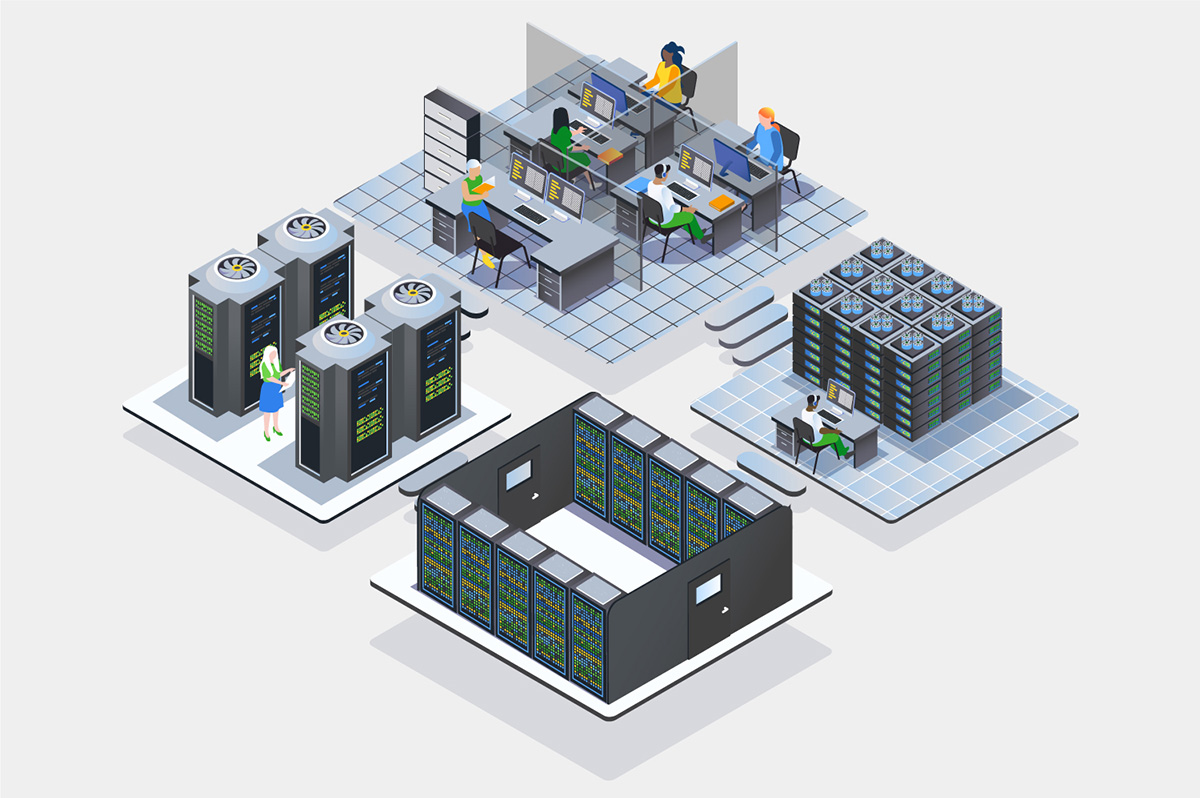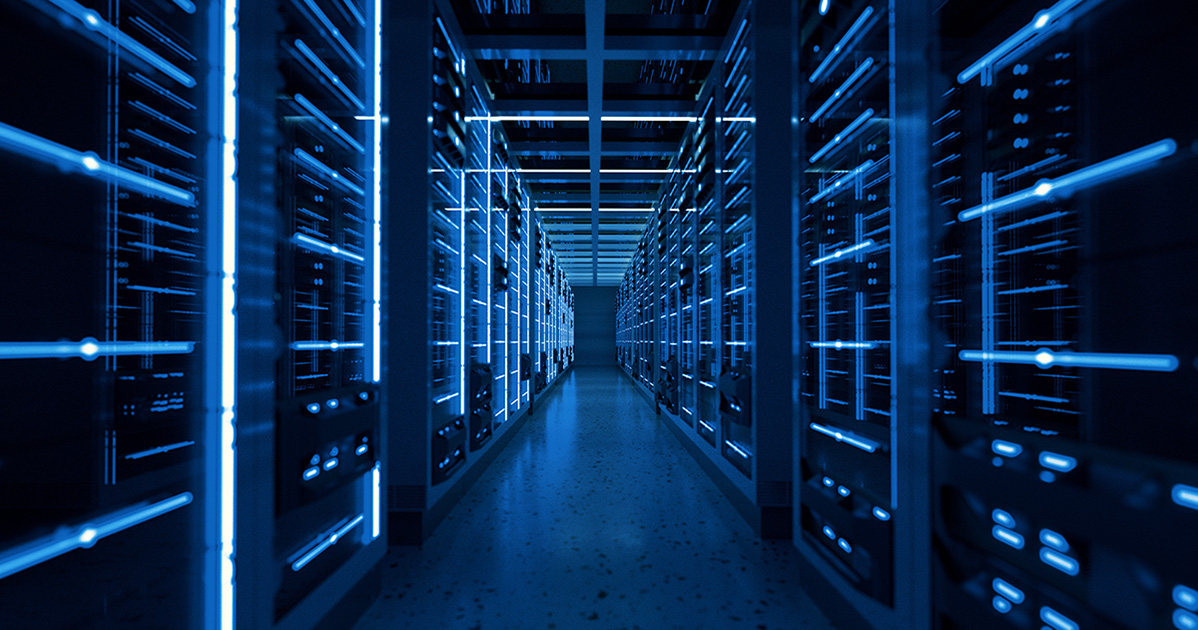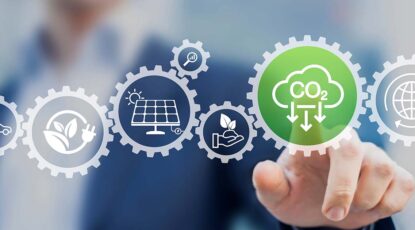While few internet users think much about the infrastructure supporting their streaming movie, email service, or online gaming, the companies responsible for supporting this type of activity must constantly evaluate a range of factors affecting overall service levels. Chief among those factors is securing reliable power.
The number of internet users in North America is spread throughout the population, but data centers tend to be clustered in a handful of areas around the country, usually close to specific urban areas. And since latency increases over long distances, they are often placed in regional commercial areas where demand for their data services is most concentrated. This is where one critical problem emerges: reliable electrical power supply.
A typical office building must support employees’ computers, copy machines, lighting, HVAC, and so on, but overall electrical demand is relatively light and concentrated during daytime hours. Data centers are packed with an enormous number of processors and servers that run 24/7 and require heavy air conditioning capacity to dissipate all the operational heat generated.

Behind an attractive building façade is an extremely energy dense operation that can place incredible strain on its local electricity grid. Utilities serving these concentrated loads are struggling to keep pace with the unrelenting demands, putting more onus on data center operators to take their own measures to mitigate the risks posed.
An industry report summary issued in 2022 by the International Energy Agency (IEA) stated:
“Demand for digital services is growing rapidly. Since 2010, the number of internet users worldwide has more than doubled, while global internet traffic has expanded 20-fold. Rapid improvements in energy efficiency have, however, helped moderate growth in energy demand from data centres and data transmission networks, which each account for 1-1.5% of global electricity use.”
While these macro-level efficiency improvements are impressive and have slowed growth in consumption on a global scale, smaller regional pockets with emerging data center markets are having to reconcile with the limitations of a centralized delivery model and its incompatibilities with rapid rises in concentrated demand.
The recent capacity constraints of a large electric utility in the Eastern U.S. highlight the challenges of providing power to data centers using traditional centralized infrastructure. This utility serves the largest concentration of data centers in the U.S., and power consumption in the area was accelerating to such a point that it could no longer keep pace with its customers’ needs. In this case, the main issues stem not from generation but from transmission and distribution – there are simply not enough power lines to move the required energy from generating facilities to points of use.
Not only has this stymied expansion plans of existing data centers in the area, but the development plans for new data center projects are now at risk of being delayed by several years. The utility’s 2022 forecast predicts a 3% annualized growth rate for 2022-2027, entirely due to data center loads. The region’s grid operator expects reliability issues as soon as 2024, even with supplemental upgrades to substations and other local electrical infrastructure.
Data center customers in the area are looking to invest elsewhere in solutions that can reliably deliver power on the timeline and at the scale their businesses require.
Fuel cell distributed generation for continuous support
Fuel cell technology fills a unique niche in the distributed generation space and has proved to be particularly advantageous for data centers and other facilities that require constant power and a high degree of reliability.
Fuel cells completely avoid transmission and distribution infrastructure by providing continuous baseload power generation directly onsite, where the electricity is consumed. They operate at very high availability due to a modular and fault-tolerant design and provide significant power in a relatively minimal footprint, so operators can utilize available land for higher value uses such as expanding their facilities to accommodate more server racks.
Bloom Energy is a trusted onsite energy partner, supporting a wide array of data center and mission critical operations around the world. Companies deploy our proven fuel cell technology to solve their critical challenges and take control of their energy future with onsite generation that scales to meet present and future business needs.
To learn more, check out this overview on Bloom’s fuel cell microgrid solutions and follow Bloom Energy on LinkedIn to learn more about ongoing projects, collaborations, and announcements in the data center space.



